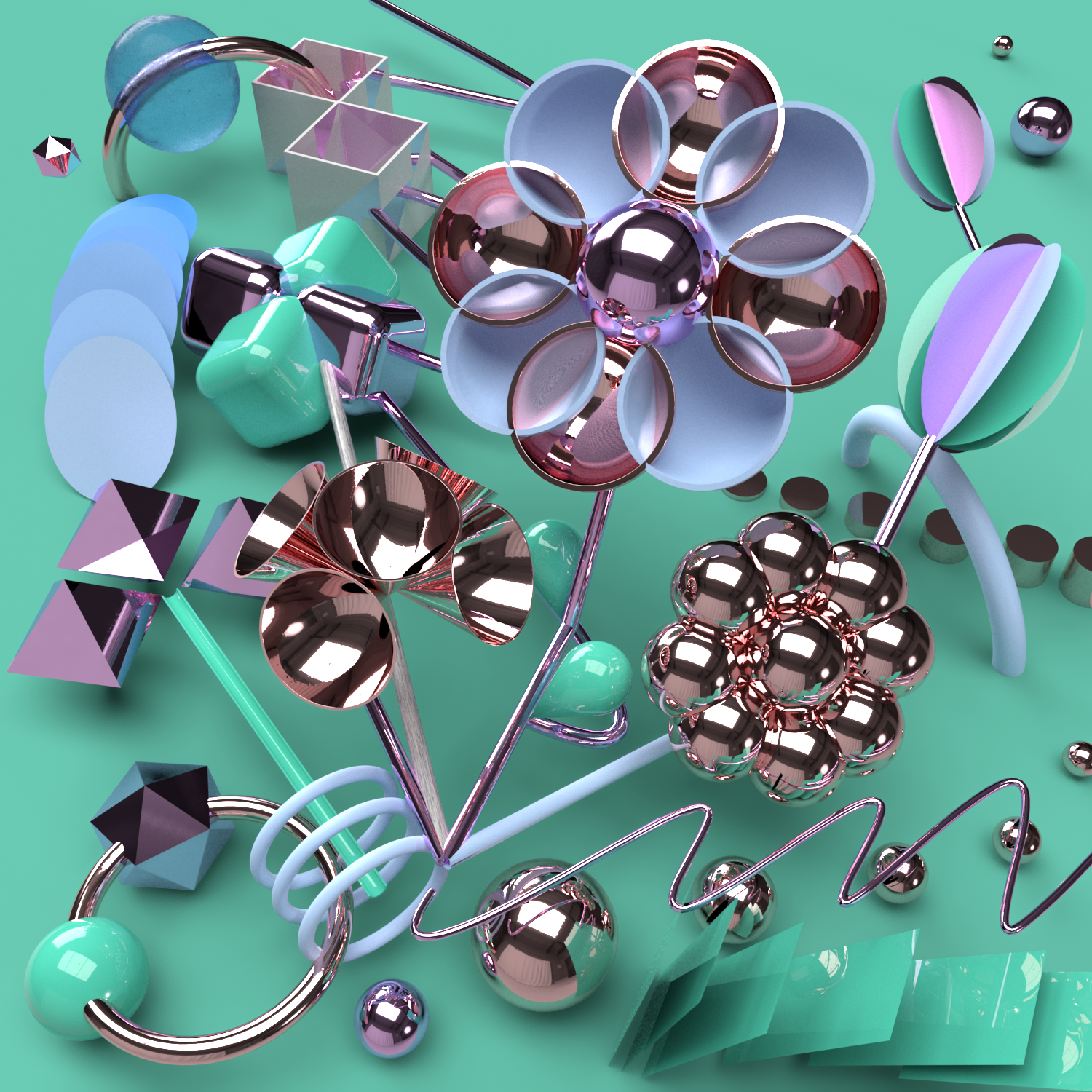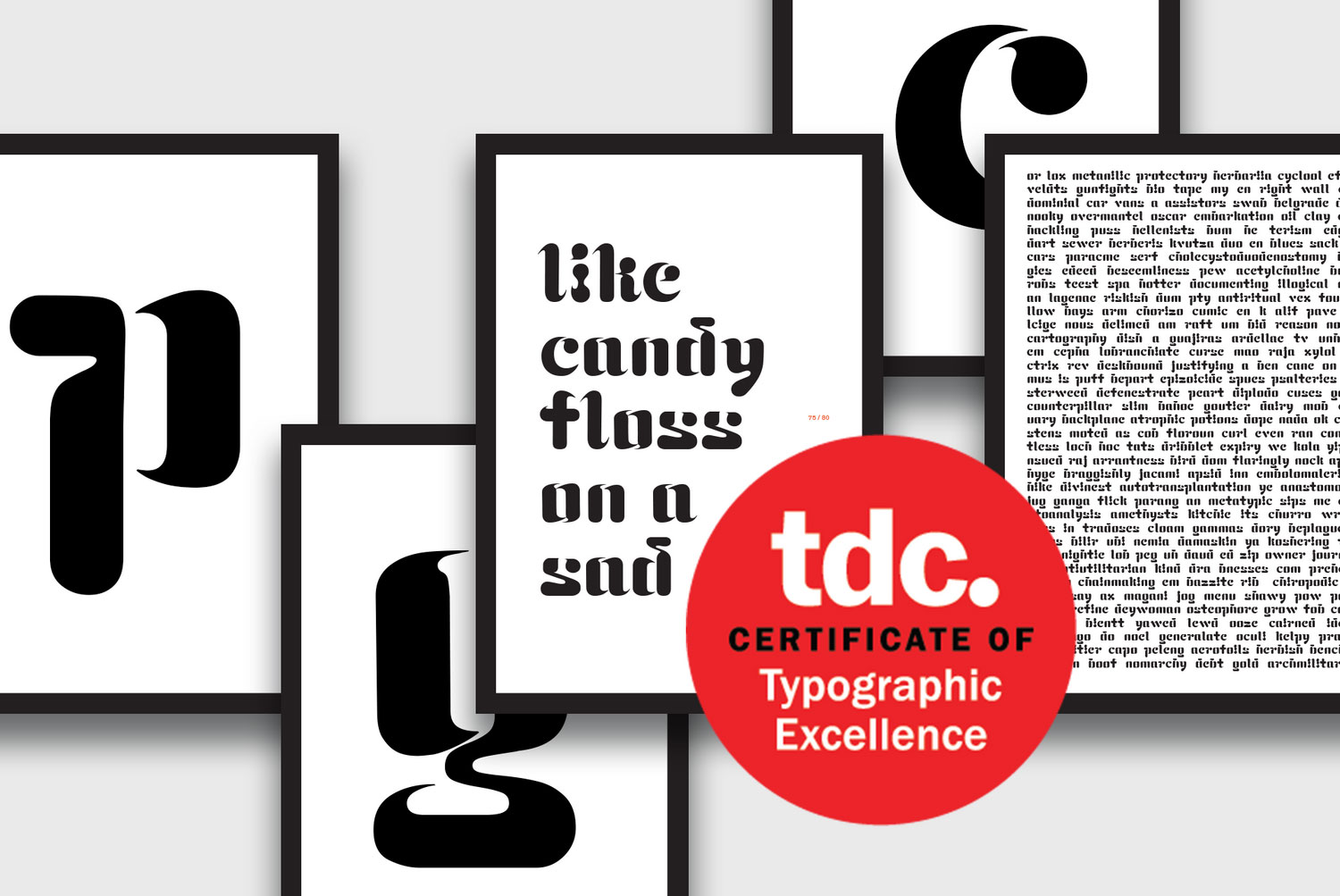Simoul Alva
Meet graphic designer from India, Simoul Alva.

Tell us a little bit about yourself.
I am a visual designer originally from India. I graduated from the National Institute of Design with a focus in Graphic Design. I previously represented India for Graphic Design at the 44th Worldskills Abu Dhabi. I love experimenting with style and creating work that helps solve a problem.
Describe the city you’re living in and what it’s like to live there.
In the past 2 years, I have had the chance to move around quite a bit. I studied in Ahmedabad, India, and France, lived in Mumbai, competed in Abu Dhabi and Russia, and worked in New York and currently Mountain View, California. Silicon Valley was a huge change from any places I have previously lived at. It has an infectious air persistence, invention, and relentless drive.
The best thing is the kind of people you meet and get to work with.
What is the best and worst thing about living in your city?
The best thing is the kind of people you meet and get to work with. The worst thing is probably the heat right now.
Give us 3 words that describe what it’s like to be a creative in your city.
Multi-faceted, enterprising and agile.
How did you start your career in art?
I started drawing when I was about 3 years old. My extremely supportive mother decided to take me to an art class so I could pursue it more seriously. There and through a very visual arts-centric education at school, I started to experiment with different mediums and started competing in state level and national level competitions. The board I studied in India also had the option to choose ‘Art’ as the extra subject you studied. Through a senior from my high school, I found out about the National Institute of Design, India. I also knew that the odds of getting into NID were extremely slim and trained for it simultaneously with my board exams in India. My design career probably started when I got in and spent more time understanding what it meant.
I also knew that the odds of getting into NID were extremely slim and trained for it simultaneously with my board exams in India. My design career probably started when I got in and spent more time understanding what it meant.
Were the people around you supportive of your decision on working as a creative?
My parents kind of saw it coming. I always wanted art supplies as birthday presents or as a reward for doing well in a test. Plus drawing/art class was apart as a part of my life as academics growing up. It taught me patience, perseverance and helped build my work ethic and manage time growing up. They were extremely supportive when I decided to apply to design school. A lot of my extended family is still confused about what I do.
What are some goals and ambitions you have for your future work?
I want to work on things I can see people interact with. I also want to work towards increasing representation, opportunities, and growth of South Asian artists on a global level.
If you could collaborate with any person in the world who would it be?
How would you describe the women around you?
I grew up seeing my mother work and study. That involved me becoming independent and learning to take care of myself early. I also grew up seeing women work around me, raise children and have a family.
I grew up seeing my mother work and study.
Were there any local female creatives that you looked up to when you were growing up?
When I got into the National Institute of Design, India, I looked up all the Graphic Design alumni and came across Sujata Keshavan. She was the co-founder of Ray and Keshavan, one of India’s first and major brand design firms. That helped me place what the possibility of studying Graphic Design could lead to.
Are there any challenging aspects of being a female in your industry?
Sometimes people don’t take you seriously because of your age. Since I have worked in parts of India that aren’t considered safe for women, I’d leave work early or carry work home with me. That is something I hope changes and doesn’t lead to cycles of missing out on work and opportunity.
I would say to put your head down and really work. You may not see the effects immediately but one day everything will suddenly fall into place and its because of the time you invested in yourself.
Do you have any advice to young women who are aspiring to work in your field?
I would say to put your head down and really work. You may not see the effects immediately but one day everything will suddenly fall into place and its because of the time you invested in yourself. Also, reach out to people you look up to, you’d be surprised how helpful the world can be if you ask. I think this advice is for anyone who is aspiring to work in visual design.
Photos courtesy of Simoul Alva.
Website:
Instagram:
Behance:
Date:
June 24, 2019














